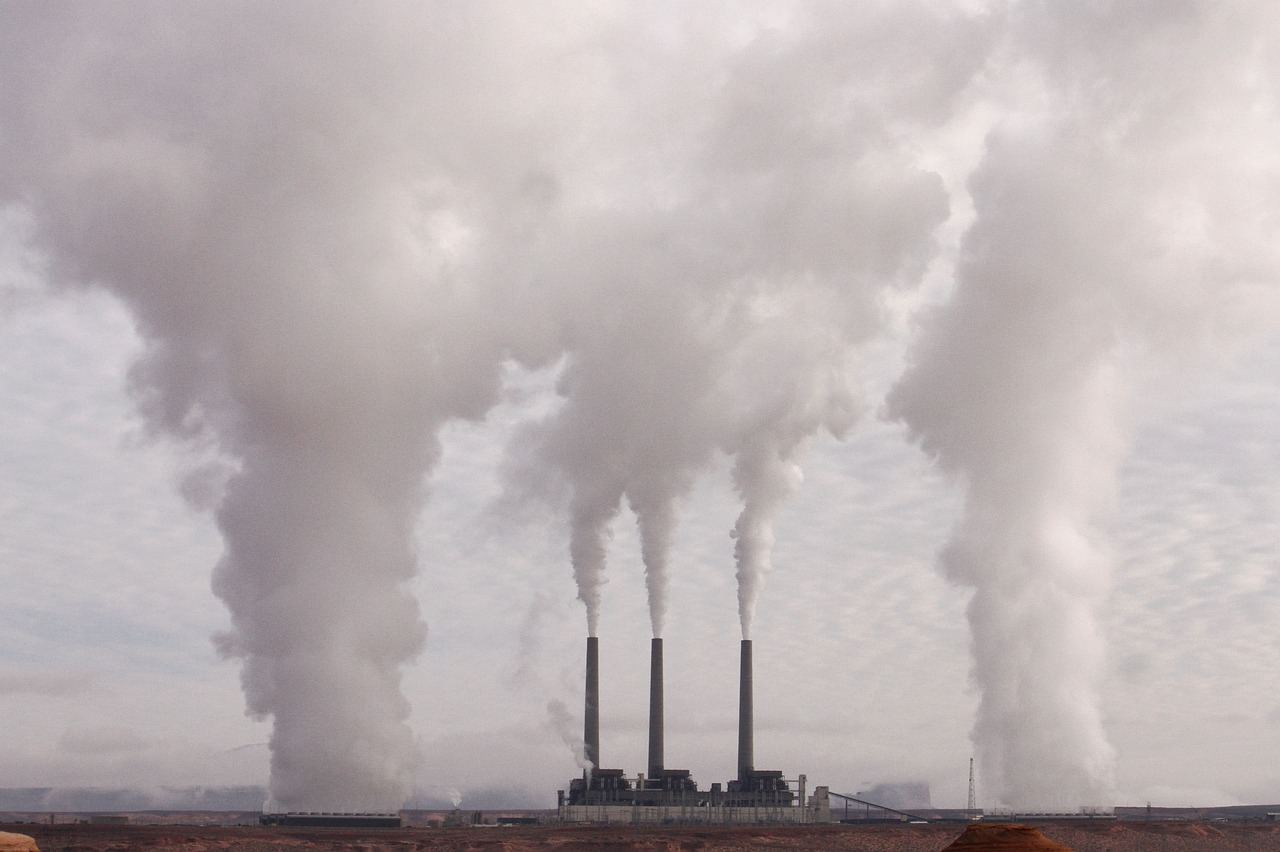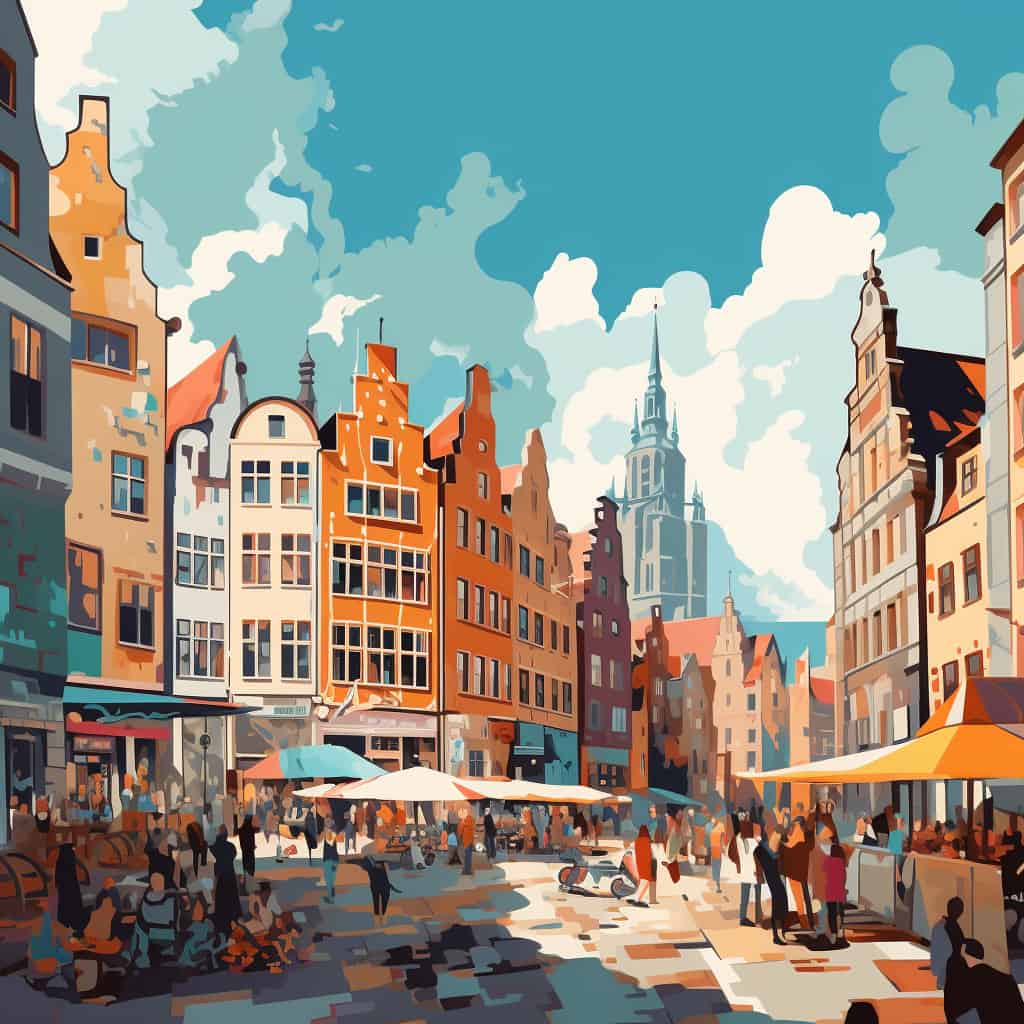
Compared to other major German cities, the air in Munich is not quite as “thick” in many cases, but it was still around 6% above the World Health Organization’s threshhold of 10 µg/m³ for particulate matter in 2019. Researchers from the research group of Jia Chen, Professor of Environmental Sensors and Modeling at the Technical University of Munich (TUM), have now developed the MUCCnet (Munich Urban Carbon Column network) sensor network. It consists of five high-precision optical instruments that measure the concentration of carbon dioxide (CO2), methane (CH4) and carbon monoxide (CO) in the air by analyzing the spectrum of sunlight.
Since each gas has its own unique spectral “fingerprint,” analyzing the corresponding wavelengths can determine the concentrations of these gases in the column of air between the instrument and the sun, the inventors explain. “By measuring a vertical column of the atmosphere, local disturbances, such as the disproportionate influence of a neighboring smokestack, can be removed,” says Prof. Chen. “Therefore, this type of greenhouse gas measurement is considered to be particularly robust and accurate.”
Five measuring instruments at different locations in and around Munich
One of MUCCnet’s measureming instruments is located on the TUM campus and measures inner-city concentrations. The other four were set up at the city limits in all directions: Oberschleissheim in the north, Feldkirchen in the east, Taufkirchen in the south and Gräfelfing in the west. “We set up one sensor in the wind direction in front of the city and the second behind the city,” explains Chen. “So all greenhouse gases measured by the second sensor, but not by the first, must have been generated inside the city.”
To cover as many wind directions as possible, there is a sensor in each direction of the compass, he says. “With the help of a computer model for high-performance computers, a spatially resolved emission map of the city can be created from these data together with meteorological parameters.” According to the Paris climate agreement, atmospheric measurements are not required to meet emission targets, the scientist points out. “Instead, the emission figures we hear in the news are based on calculations.”

Because such calculations made it impossible to quantify previously unidentified emission sources such as leaks in gas pipelines, she says, MUCCnet has now enabled the team to “measure the emissions with high precision to reduce the inaccuracies in the calculations.”
Corona lockdown as natural experiment for measurement data series
The impact of the corona crisis and the constraints it triggered provide researchers with the ideal conditions for a useful natural experiment. Emissions were lower due to the two lockdowns in the spring of 2020 and winter of 2020/21 and the severe restrictions on air travel. This allowed the researchers to validate the measurements as well as the atmospheric transport models. However, as the measurement results show, the annual increase of CO2 concentration in the atmosphere could not be stopped, even by the pandemic. This is because CO2 is a gas with a very long lifespan of several hundred years.
To give all residents of Munich the opportunity to obtain information on the development of the measurements of greenhouse gas concentrations, a special website has been created. Here, not only the measuring principle and the instruments used are explained, but complete data from all stations since September 2019 are also available for all to see.
“Since climate change is a global problem, the Munich network should only be the first step,” says Chen. In the future, she and her team want to expand the methods and models developed in Munich worldwide with the help of measurements from existing greenhouse gas satellites. In this way, they hope to make a “decisive contribution to understanding and solving the climate problem.”
Also of interest:
Biodegradable robots monitor soil and air quality
Start-up of The Day: Hawa Dawa maps out air quality
The city of the future: Smart and social







